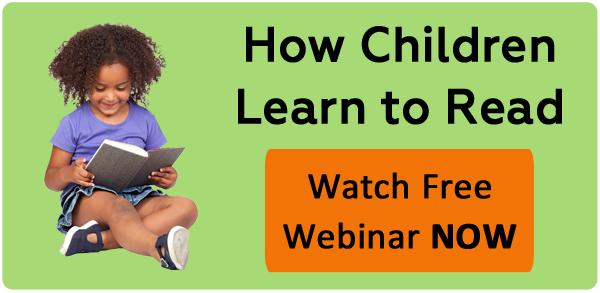
Language occurs in two basic ways. Receptive language is what we understand. Expressive language is what we can say.
For most of us our receptive language is larger than our expressive language. A twelve-month-old can follow simple directions but can’t talk. At the doctor’s office, we can understand the doctor’s explanation of our diagnosis and treatment, but we may find it difficult or impossible to recount at the dinner table.
We can help our young children under the age of six years who are in a natural period of language development by working with them to develop certain skills.
Articulation of sounds.
Many language sounds cause children problems, such as th, r, l, s and f, to name a few. Listen to your child’s speech and see what sounds need strengthening, or if certain words are mispronounced.
Children love to use a hand mirror to repeat sounds and words after you, because a natural way of learning is to mimic adults and the children in their environment. Looking at your mouth and then repeating the word while looking in a mirror is a fun activity for your child. Less than five minutes a day can make a big difference quickly.
Also, be friendly with error. Make it fun, and if your child (or you!) get frustrated, simply change activities by saying, “Enough for today. Let’s sing a song now.”
Vocabulary.
The more words our children hear, the more words they add to their spoken vocabulary. The larger their spoken vocabulary, the larger their reading and receptive vocabularies. By the age of six years, 90 percent of our daily spoken vocabulary is in place. Reading proficiency is based more on having a large spoken vocabulary versus certain decoding skills.
It’s hard to use phonics to sound out “australopithecus” if you’ve never heard the word or know the word’s meaning. Talk to your child as you do your everyday activities. Use a familiar word to introduce a new word. “That dog is big. The dog is monstrous.”
Use descriptive language.
Use adjectives to help your child find words for sensory experiences. “The green granny smith apple tastes tart and crisp. It smells acidic. The skin feels smooth and looks shiny.
Make a word into a story.
By using the famous questioning words–who, what, when, where, why and how–you can take one word from a child and model a story. For example your child says “cat.”
What color is the cat? Yellow
You saw a yellow cat. Where did you see a yellow cat? Yard
You saw a yellow cat outside in the yard. Who was with you? Grandpa
You saw a yellow cat with Grandpa. When did you see the cat? Grandma’s house
You saw a yellow cat outside with Grandpa when we were visiting at Grandma’s and Grandpa’s on Saturday. Why were you outside with Grandpa? Swing.
And on and on you can go with one word at a time.
Connect actions and words.
The game Simon Says connects words and actions. The song “If You’re Happy and You Know It” does too. Use commands like: clap your hands, blink your eyes, rub your head, wiggle your toes. Reverse roles, and let your child give the commands to help build expressive language.
Singing.
Singing with your child helps build language skills, long-term memory and more while connecting language to many different areas of the brain that involve motor control and temporal sequencing.
Helping your child develop the gift of gab will help your child learn to use their words to express needs, emotions and desires in positive ways for a lifetime.

